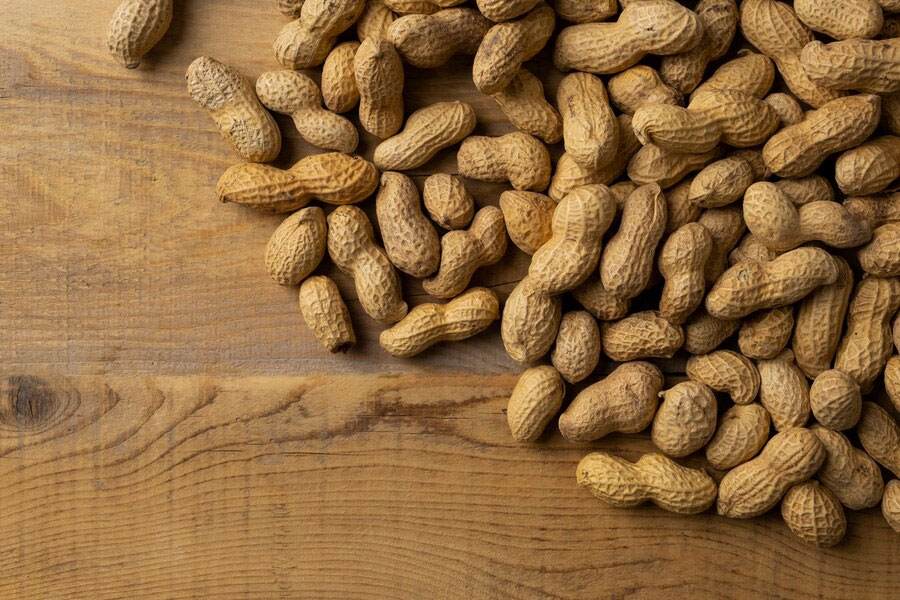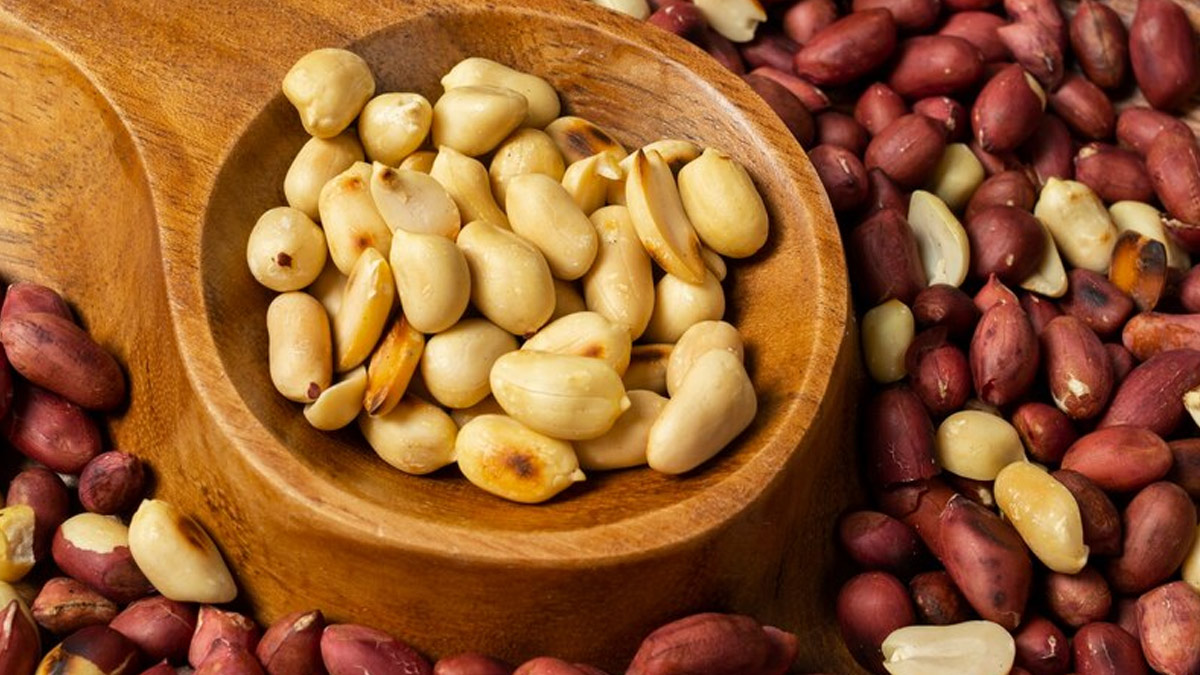
Peanut allergy is one of the most common food allergies worldwide, and it affects millions of people, ranging from children to adults. For those with a peanut allergy, even trace amounts of peanut protein can trigger an immune response, which can range from mild symptoms like itching or hives to severe reactions such as swelling, breathing difficulties, or even anaphylaxis—a life-threatening emergency that requires immediate medical attention.
Table of Content:-
In an exclusive interaction with Onlymyhealth editorial team, Zoobiya Islam, Assistant Professor, Nutrition and Dietetics - Sharda University explained that peanut butter, baked goods, and cross-contamination are common exposure risks, making it essential to carefully read labels and inform restaurants of any allergies. Here is everything she shared with us and you should know about peanut allergy and management.
Ways To Keep Your Fibre Intake In Check If You Are Allergic To Peanuts
Since peanut-based products are a convenient source of dietary fibre, avoiding them can lead some to worry about their fibre intake. But don’t worry! Here are five expert approved fibre-rich, peanut-free alternatives to keep your digestive system in good health.

1. Legumes and Beans
While peanuts are technically legumes, many other types of legumes like black beans, lentils, chickpeas, and kidney beans are excellent sources of fibre. Just one cup of lentils provides around 15 grams of fibre, meeting over half of your daily fibre needs. Beans are also rich in protein and other essential nutrients, making them a versatile addition to soups, stews, salads, and dips.
Also Read: Struggling With Dry Lips Already? Here Are 6 Tips To Hydrate Them Naturally
2. Whole Grains
Whole grains such as oats, quinoa, brown rice, barley, and whole wheat are rich in fibre and provide a hearty foundation for many meals. Oats, in particular, are an excellent source of soluble fibre, which helps with digestion and can improve heart health.

3. Vegetables, Especially Leafy Greens
Vegetables like broccoli, carrots, Brussels sprouts, and leafy greens (like spinach and kale) are packed with fibre, vitamins, and minerals. Cruciferous vegetables like broccoli and Brussels sprouts are especially high in fibre, with about 3-5 grams of fibre per cup. Leafy greens can be added to salads, smoothies, or cooked as a side dish for an easy fibre boost.
4. Fruits, Especially Berries
Fruits are a great way to increase fibre intake without any risk of peanut exposure. Berries, such as raspberries, blackberries, and blueberries, are especially high in fibre, containing around 4-8 grams per cup. Other high-fibre fruits include apples, pears, and oranges. Not only do fruits add fibre, but they also offer antioxidants and essential vitamins.
5. Seeds like Chia and Flaxseeds
Chia seeds and flaxseeds are tiny but powerful sources of fibre and omega-3 fatty acids. Just one tablespoon of chia seeds provides around 5 grams of fibre, making them an easy way to meet daily fibre needs. These seeds can be sprinkled onto salads, mixed into smoothies, or added to oatmeal. They also absorb liquid to form a gel-like consistency, which can aid digestion and relieve constipation.
Takeaway
Avoiding peanuts doesn’t mean you have to miss out on essential fibre. Incorporate a variety of fibre-rich foods like legumes, whole grains, vegetables, fruits, and seeds, to maintain a balanced, peanut-free diet that supports your digestive health. Remember to stay vigilant with food labels and, when in doubt, consult with a healthcare professional or registered dietitian to ensure you’re meeting your nutritional needs safely and effectively.
Also watch this video
How we keep this article up to date:
We work with experts and keep a close eye on the latest in health and wellness. Whenever there is a new research or helpful information, we update our articles with accurate and useful advice.
Current Version